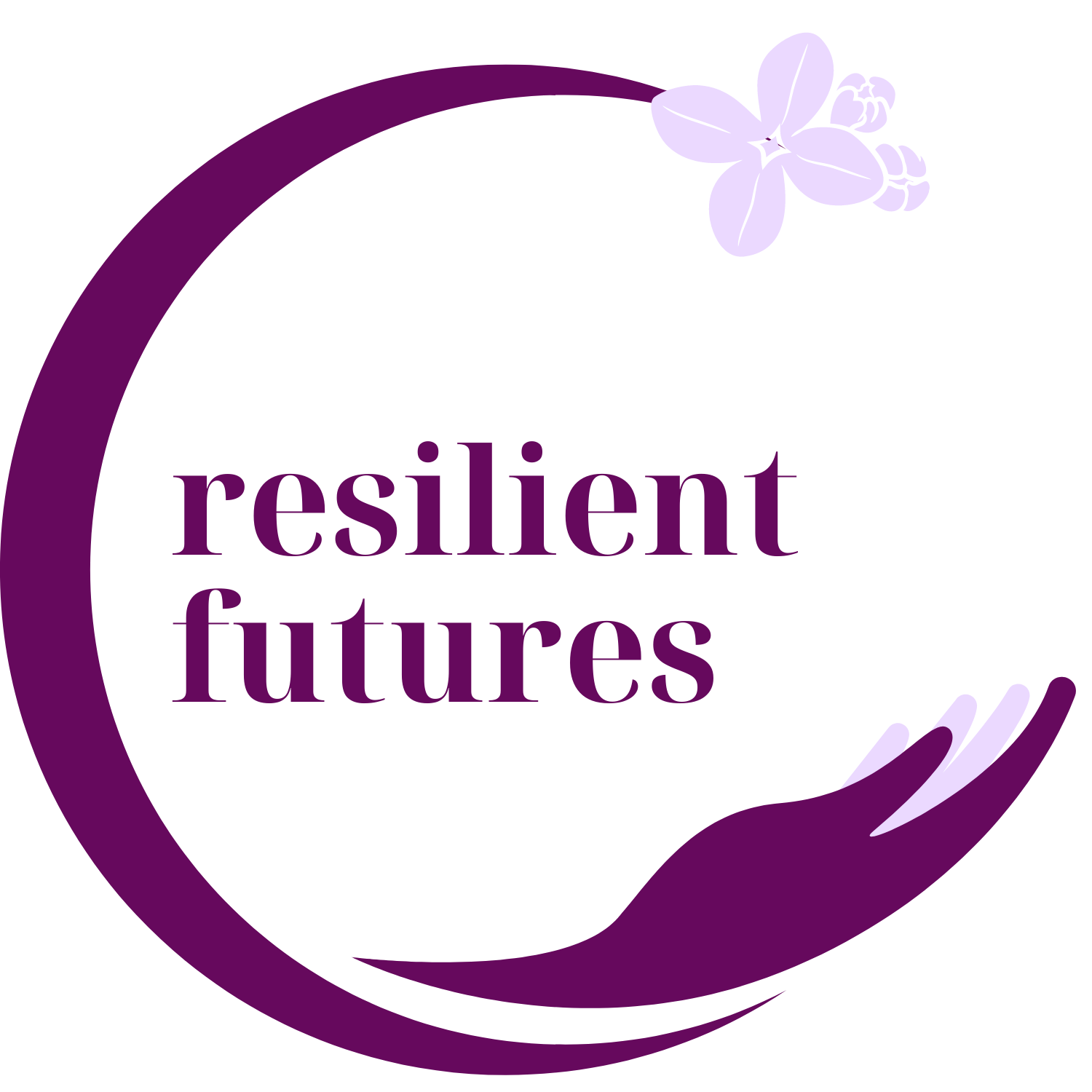Free Download: Creating a “Peace Place” for self-regulation in your classroom
One effective strategy for promoting self-regulation in classrooms of all ages is the creation of a “Peace Place” —a designated space where students can go to decompress, refocus, and regulate their emotions. Get our free downloadable guide to create a Peace Place in your classroom, plus a set of wall posters and printable Peace Place worksheets!
Sign up to read this post
Join Now
